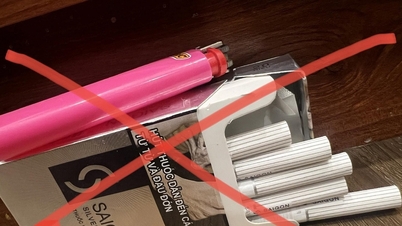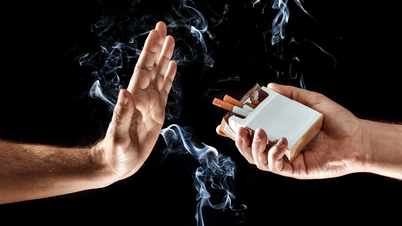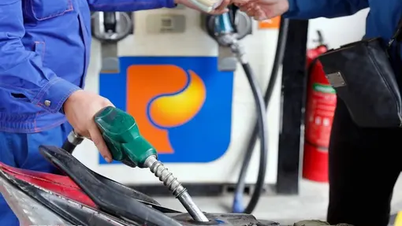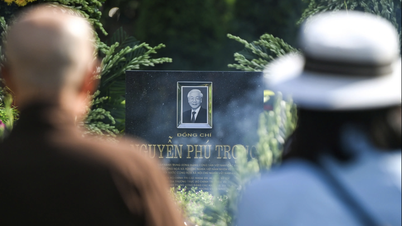Ms. Phan Thi Hai, Deputy Director of the Tobacco Harm Prevention Fund ( Ministry of Health ) said that the summary report of 10 years of implementing the Law on Tobacco Harm Prevention shows that thanks to many efforts in tobacco harm prevention, the rate of regular cigarette use among adult males has decreased by an average of 0.5% per year. The smoking rate among adolescents has also decreased, in which, in the 13-17 age group it decreased from 5.36% in 2013 to 2.78% in 2019, in the 13-15 age group it decreased from 2.5% to 1.9%; the rate of exposure to secondhand smoke has also decreased significantly in households, public places and workplaces.
These are very encouraging results. However, according to the assessment, Vietnam is still one of the 15 countries with the highest number of adult male smokers in the world .
One of the main reasons for the high and slow decline in smoking rates is that tobacco taxes in Vietnam are still very low. Low tobacco prices increase the accessibility and purchase of tobacco for young people and the poor.
Meanwhile, tobacco taxes are considered one of the most effective measures to prevent young people from starting to smoke and to help smokers quit. However, taxes will only be truly effective if they are raised to a meaningful and consistent level.
The current special consumption tax law in Vietnam is applying a special tax consumption rate of 75% and the taxable price is the factory price. The tobacco tax rate calculated on the retail price accounts for only 38.8% of the retail price. According to the global report of the World Health Organization, Vietnam is among the 15 countries with the lowest tobacco prices in the world. If the current consumption tax rate is maintained, Vietnam cannot achieve the goal of the National Strategy on Prevention and Control of Tobacco Harms by 2030 (reducing the rate of tobacco use among men aged 15 and over to below 36%; among women aged 15 and over to below 1%).
 |
| Competition to learn about the Law on Tobacco Harm Prevention for junior high school students in Long An province in 2024 |
According to the TaxSim model, the male smoking rate could increase again to 43.4% by 2030 if taxes are not increased at a high level. Even if other harmful prevention policies are implemented very well, Vietnam will not be able to reduce the male smoking rate below 36%.
According to the World Health Organization and the World Bank, the tobacco tax rate should be at least 70% to 75% of the retail price. Adding a specific tax (to move to a mixed tax system) at a sufficiently large level and increasing the tax on a regular basis so that tobacco prices keep up with income growth will contribute to the goal of reducing tobacco use.
The World Health Organization also recommends that Parties consider prioritizing measures to prevent the introduction of new tobacco products, including at the highest level, the promotion of bans.
Ms. Phan Thi Hai shared that increasing tobacco taxes increases the price of cigarettes, causing some smokers to quit or reduce the number of cigarettes they smoke, while also helping to prevent some people from starting to smoke. According to calculations, on average, if the price of cigarettes increases by 10%, cigarette consumption will decrease by 4% in high-income countries and 5% in middle- and low-income countries. Increasing tobacco taxes is especially effective for children and adolescents. It is estimated that when taxes are increased to increase prices by 10%, the rate of reduction in consumption in this group will also be 10% or higher.
Therefore, increasing the special consumption tax on tobacco products is essentially helping consumers reduce their use, avoiding health and economic losses from using tobacco products. Money spent on tobacco will be spent on other essential needs such as food, health care, and education. Increasing tobacco taxes is not only beneficial to consumers themselves, but also to their families and the whole society.


































































































Comment (0)